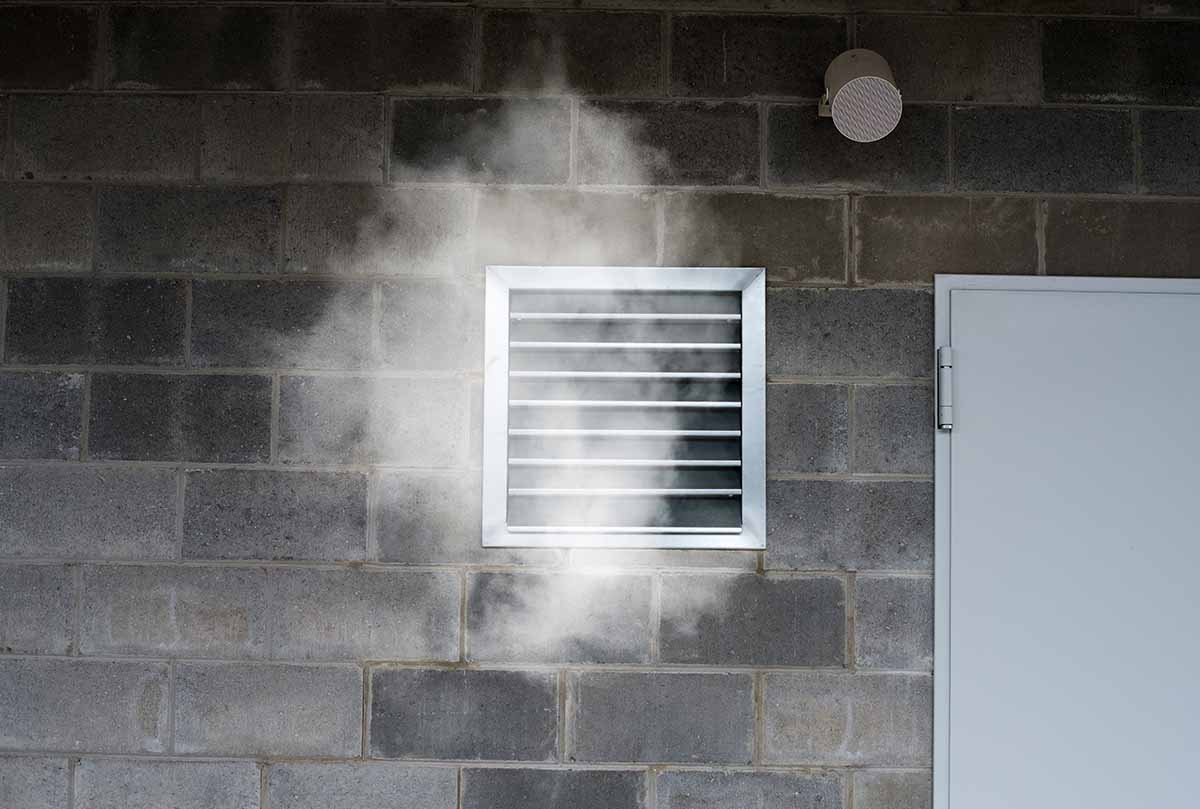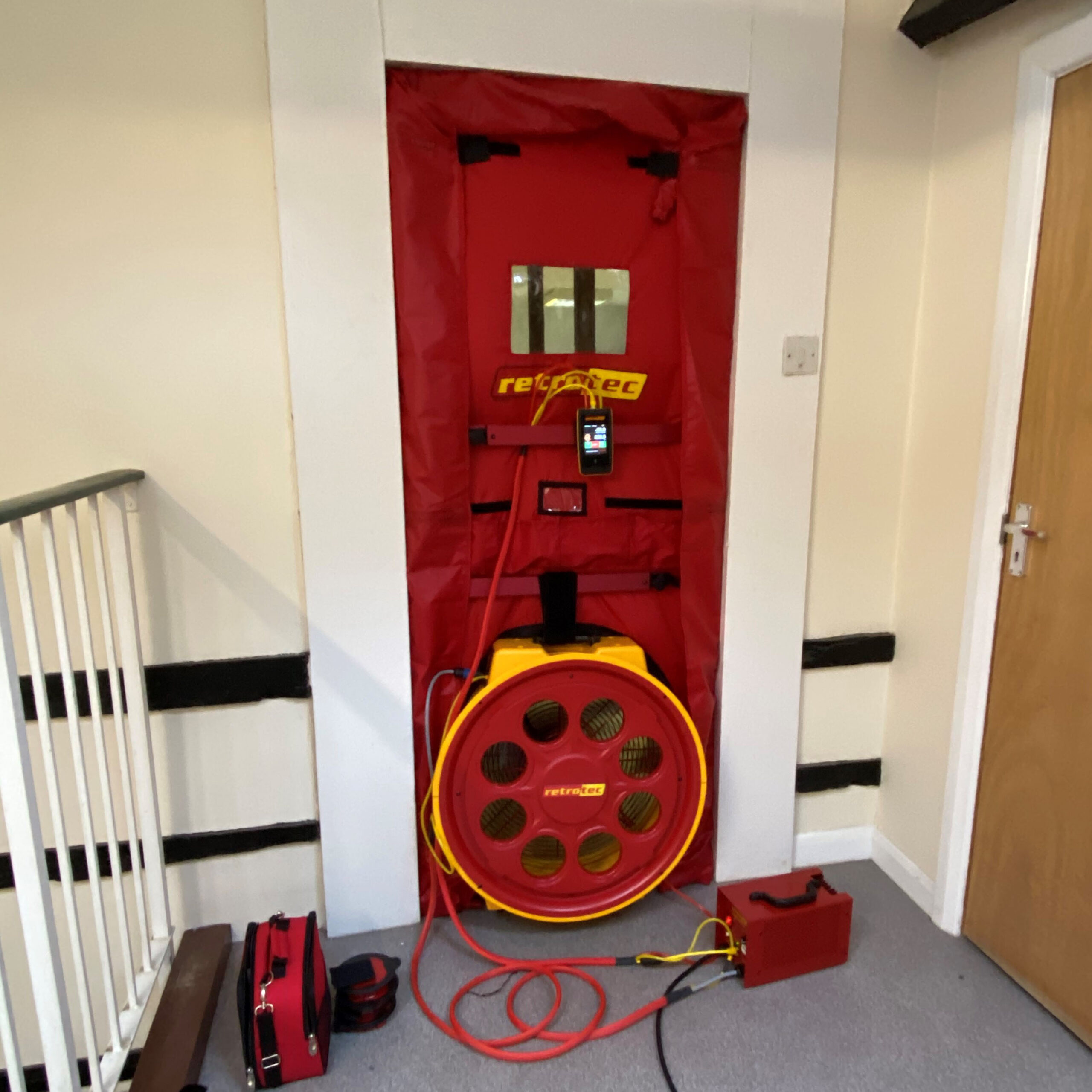Pressure Vents for Gas Extraction
A pressure vent, specifically an overpressure vent used in gas extraction systems for fire safety, is a safety device designed to release excess pressure within a system to prevent potential damage or hazards during specific situations, such as a fire or a gas supression system discharge.

Regular testing is essential for ensuring functionality. These dampers are part of a comprehensive "Fire strategy" and are used to safely ventilate critical parts of a building.
During a fire or other emergency situation that could result in pressure buildup, these vents open to release the pressure, reducing the risk of system failure or damage. By preventing the overpressure of the system, these vents play a crucial role in maintaining safety and preventing potential explosions or ruptures that could exacerbate a fire or release hazardous gases into the environment. The specific design and function of overpressure vents may vary depending on the application and the types of gases being managed. These vents are an important element of safety systems to ensure that gas extraction processes operate efficiently and safely, even during unforeseen events like fires.
During a fire or other emergency situation that could result in pressure buildup within the gas extraction system, these vents open to release the pressure, reducing the risk of system failure or damage. By preventing the overpressure of the system, these vents play a crucial role in maintaining safety and preventing potential explosions or ruptures that could exacerbate a fire or release hazardous gases into the environment.
The specific design and function of overpressure vents may vary depending on the application and the types of gases being managed. These vents are an important element of safety systems to ensure that gas extraction processes operate efficiently and safely, even during unforeseen events like fires.
Optimising Gas Fire Suppression Systems
The effectiveness of a gaseous fire suppression system relies significantly on retaining the extinguishing agent mixture within the protected space for a specific duration. To achieve this, it's essential to limit gas exchange, also referred to as "leakage," between the protected enclosure and the external environment. This restriction in gas exchange is primarily dependent on the integrity of the enclosure's boundaries.
When a gaseous fire suppression agent is introduced into an enclosure with limited vent area, it leads to changes in pressure within that space. If the enclosure is sealed too tightly, meaning there's too little vent area, the pressure change may exceed the structural strength of the enclosure's boundaries, which include windows, doors, walls, and the ceiling.
Conversely, if the enclosure has an excessive amount of vent area, gas exchange with the external atmosphere will occur swiftly, resulting in a shorter retention time for the extinguishing agent within the protected area.
Therefore, the successful use of gaseous fire suppression systems involves addressing two critical performance considerations:
- A: Pressure Management: Ensuring the controlled management of pressure within the protected space during the extinguishing agent discharge phase.
- B: Retention of the Extinguishant-Air Mixture: Ensuring the continued presence of the extinguishing agent-air mixture within the enclosure for a specified period after the completion of the discharge.
Testing & Maintenance
Specialists in overpressure testing including integrity testing.
